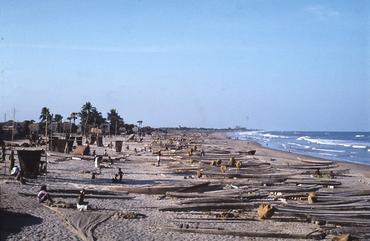The fishing community and heritage tourism

The growth of tourism in Tharangampadi has benefited in several ways from the post-tsunami reconstruction efforts of the state government. While fisher people are being relocated to a new inland housing complex about 590 meters from the coast, the area of historic Tranquebar comprising the southern section of Tharangampadi is being claimed by a variety of tourism interests seeking to develop the area’s ‘heritage’ sites. This paper argues that the cultural encounter embodied in the relationship between the growth of tourism and the displacement of the fishing community is centred on a process of silencing that is central to the hegemonic production of place in Tharangampadi. The state and central government’s neo-liberal orientation provides a central basis for silencing the spatial claims of the fishing community by devaluing artisanal fishing as an activity, and promoting tourism as a means to expand the GDP. Simultaneously, the production of heritage involves a selective reading of the colonial past where the fishing community is conspicuously absent. A critical re-encounter with the historical geography of Tharangampadi’s fishing community and the fishing complex it belongs to can provide a tentative direction towards unravelling this process of silencing.
Swamy, Raja. (2009). “The fishing community and heritage tourism in Tarangambadi”, in Esther Fihl and A.R. Venkatachalapathy (eds.), Cultural Encounters in Tranquebar: Past and Present. Special issue of Review of Development and Change, vol. XIV, no. 1-2.
